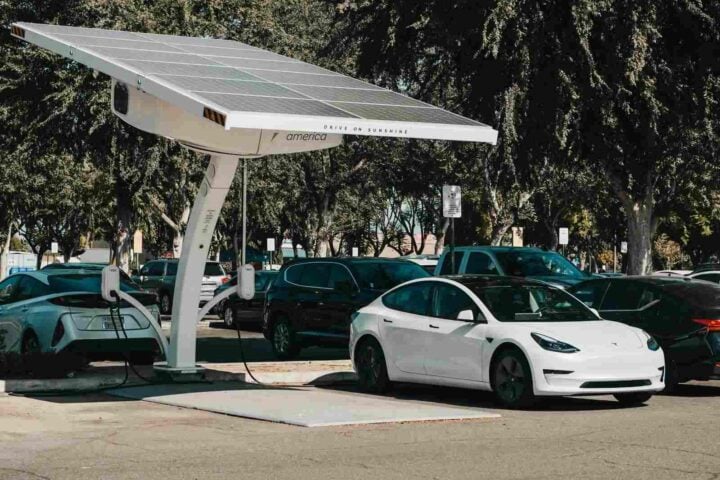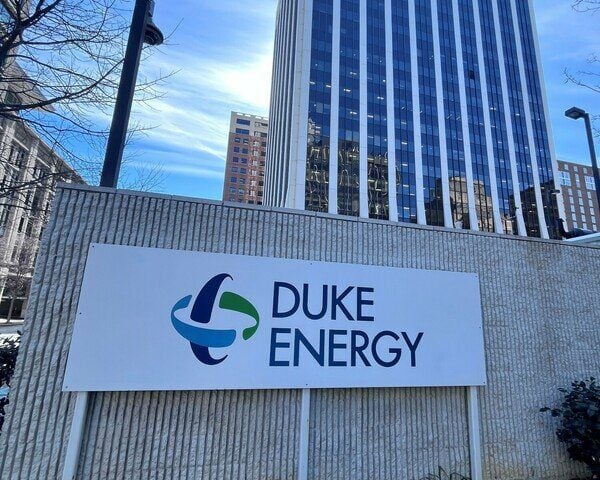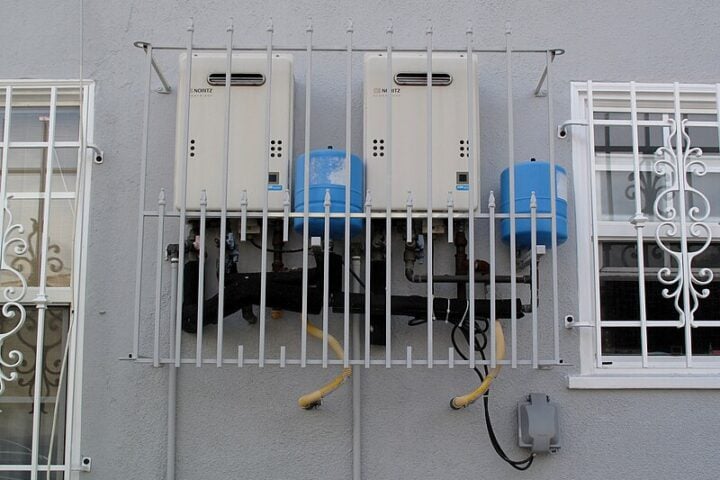MIT’s latest venture in renewable energy has sparked a solar-powered revolution, aiming to capture a staggering 40% of the sun’s thermal energy to produce pure, green hydrogen fuel. This solar thermochemical hydrogen (STCH) system, unveiled on October 16, 2023, marks a departure from traditional hydrogen production methods, often marred by their reliance on fossil fuels, and steers us towards a more sustainable, carbon-neutral path.
The current hydrogen production narrative is tinged with grey, dominated by methods that lean heavily on natural gas and fossil fuels. However, MIT’s trailblazing STCH system is set to paint a greener picture, eliminating greenhouse gas emissions and solely relying on the sun’s bounty. Existing STCH technologies have been grappling with efficiency, managing to convert just about 7% of solar energy into hydrogen. In contrast, MIT’s innovative design is poised to utilize up to 40% of solar heat, potentially catapulting STCH from a high-cost, low-yield process to an affordable, scalable solution.
“Solar thermochemical hydrogen could significantly decarbonize the transportation sector,” asserts Ahmed Ghoniem, the Ronald C. Crane Professor of Mechanical Engineering at MIT, underscoring the urgency for affordable, large-scale green hydrogen production. The research, a collaborative brainchild of experts like Aniket Patankar, Harry Tuller, Xiao-Yu Wu, and Wonjae Choi, was published in the Solar Energy Journal.

Similar Posts
At the core of this system is a CSP (Concentrated Solar Plant) paired setup, where a train of reactors, akin to boxcars, circles a central solar heat tower, absorbing intense heat before entering a water-splitting, hydrogen-generating phase. This unique approach deviates from electrolysis, favoring heat over electricity to split water molecules.
The process hinges on a rapid, two-step thermochemical reaction. First, steam meets metal, prompting the metal to snatch oxygen, leaving hydrogen in its wake. This “oxidation” phase resembles accelerated rusting but is followed by a reheating stage in a vacuum, reversing the rust and prepping the metal for another hydrogen-producing round. The MIT team’s ingenuity shines in optimizing this cyclic reaction, arranging reactors in a circular track around a CSP tower, each playing a pivotal role in the redox cycle.
However, the path to STCH efficiency isn’t without hurdles. Previous designs stumbled over managing the heat released during the cooling of “reduced” reactors and creating an energy-efficient vacuum for the de-rusting stage. MIT’s blueprint tackles these challenges head-on, allowing reactors to exchange heat and employing a secondary reactor set for the de-rusting phase, all without relying on energy-hungry mechanical pumps.
The team’s simulations suggest their design could skyrocket STCH efficiency from a meager 7% to a whopping 40%. “This technology has the potential to significantly alter our energy future,” acknowledges Christopher Muhich, a chemical engineering professor at Arizona State University.
With a prototype in the works for Department of Energy’s labs, the system’s modular, scalable nature promises expansion ease, potentially revolutionizing hydrogen production. While the full text of “A comparative analysis of integrating thermochemical oxygen pumping in water-splitting redox cycles for hydrogen production” remains under embargo until 2025, the study’s implications have the renewable energy world abuzz.
As we navigate the pressing need for cleaner energy, MIT’s pioneering work is a clarion call for innovation in safeguarding our planet’s future, blending solar science, hydrogen lingo, and environmental stewardship in a promising new direction.
MIT’s renewable energy breakthrough aims to turn solar heat into a clean, green hydrogen bonanza, setting the stage for a fossil-free era. The innovative STCH system, leveraging the sun’s thermal energy, promises a cleaner, more sustainable future.
The traditional hydrogen production story, steeped in fossil fuels, is set for a green makeover. MIT’s STCH system, with its sun-centric approach, aims to erase carbon footprints, steering the energy conversation towards sustainability.
Diving into the nuts and bolts, the STCH system is a marvel of solar science and hydrogen technology. From rapid oxidation to cyclic reactions, the process is a testament to innovation, optimizing solar energy use for a greener tomorrow.
The road to efficient STCH isn’t without its bumps. Heat management and energy-efficient vacuums posed significant hurdles, but MIT’s novel design navigates these with aplomb, setting the stage for a hydrogen production renaissance.
With prototypes on the horizon and the energy sector abuzz, solar-powered hydrogen isn’t just a dream. It’s the dawn of a new, cleaner era, powered by innovation and a steadfast commitment to our planet’s future.


















